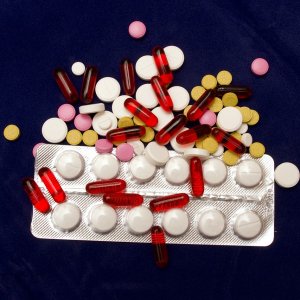
Modernizing Mexico’s Medical Devices Purchasing Model
 By Cinthya Alaniz Salazar | Journalist & Industry Analyst -
Thu, 02/16/2023 - 12:52
By Cinthya Alaniz Salazar | Journalist & Industry Analyst -
Thu, 02/16/2023 - 12:52
Medical costs have ballooned since 1960 and are projected to continue increasing, urging the reduction and control of costs for the continuity of health systems. An actionable and productive starting-point for this objective concerns the modernization of Mexico’s medical devices purchasing model through the digital integration of all supply chain stakeholders, according to Javier Pinzón, General Director, doHealth.
“The negotiation of lower prices for medical devices will only take the health sector so far. To significantly reduce the cost curve, hospitals and health systems need to innovate how they leverage their supply chains,” says Pinzón.
Health systems in industrialized countries have found significant cost savings through the adoption of automation technologies that have enabled new, impactful efficiencies and standardized supply chains. Despite their observed success, Mexico and Latin America have been slow to adopt such impactful technologies and instead have widely relied on inefficient manual processes. However, patients who have effectively pressured hospitals and healthcare systems to progress toward value-based care or pay-for-performance models, are demanding greater accessibility to medical devices. In short, Mexico needs to abandon its status quo purchase model so accumulated savings can be passed down to end consumers.
Such an objective “requires stakeholders to quantify the total cost of care and accurately compare it to the cost of clinical results,” says Pinzón. Moreover, providers stand to benefit from “developing business partner relationships that support this new approach to patient care,” he suggests.
To satisfy patient expectations, the modernization of Mexico’s medical devices supply chain is fundamental, first necessitating the complete integration of all stakeholders for the facilitated transmission of data. As an extension of this development, the standardization of data is essential for system confidence and vertical legibility from manufacturers, distributors and hospitals. While developing such a framework, stakeholders should be careful to consider and prevent the introduction of individual interests that may influence the standardization of data to their benefit, warns Pinzón. To clamp such intentions, stakeholders need to clearly understand how they stand to benefit from the development of such a framework.
Altogether, once a framework is agreed upon and established, stakeholders will discover greater alignment between demand and supply stemmed from inventory, traceability and transparency. This new model would sharply contrast with one in which the organization purchases goods from multiple suppliers without strategically understanding their demographics’ short and long-term needs. From a supplier's perspective, an interconnected framework will reduce periods between payments and billing for greater liquidity and even provide greater insight on production needs from hospitals and health systems.
“Technology will allow us to know which products are the most used, reducing personnel and physical work, while increasing the focus on analytic work and optimizing resources,” says Pinzón. Given what is at stake, he underlines: “we should not wait to have the latest technology. We must work with the technology we have and progressively upgrade it.”
















